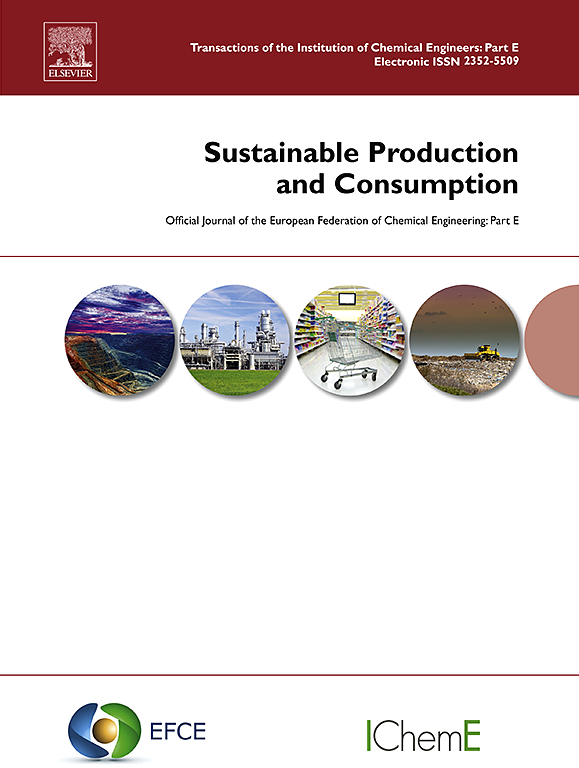Maximizing circular economy benefits for manufacturing companies: A simulation tool for defining and implementing a circular product strategy
IF 10.9
1区 环境科学与生态学
Q1 ENVIRONMENTAL STUDIES
引用次数: 0
Abstract
Achieving a balance between reducing environmental impact and ensuring economic viability is essential for Originals Equipment Manufacturers adopting circular product strategies. A critical aspect of this process is determining the optimal time to take a product out of operation to facilitate the implementing of an appropriate circular strategy. However, decision-makers often lack the tools and methods to effectively answer this question, making it difficult to define and implement a strategy that is both ecologically sound and economically viable. This article presents a methodology that uses the State of Health of a product as a key indicator to identify the most advantageous year for taking back the product and applying a specific circular process (i.e., reuse, remanufacturing or recycling). Based on the State-of-Health, the environmental impact and total cost of the product are calculated annually over its lifetime using defined parameters. A circular strategy is proposed for each take-back year, determined by State of Health thresholds for various circular processes. To determine the optimum take-back year, an algorithm is applied, using a weighted sum as the objective function. This methodology is implemented within a dynamic circular strategy simulation tool to support decision-making for stakeholders. The approach is demonstrated using a case study on a circuit breaker in Genset and hospital applications. The results show environmental and economic benefits of up to 7 % and 18 %, respectively, highlighting the potential value of using this circular strategy simulation tool.
求助全文
约1分钟内获得全文
求助全文
来源期刊

Sustainable Production and Consumption
Environmental Science-Environmental Engineering
CiteScore
17.40
自引率
7.40%
发文量
389
审稿时长
13 days
期刊介绍:
Sustainable production and consumption refers to the production and utilization of goods and services in a way that benefits society, is economically viable, and has minimal environmental impact throughout its entire lifespan. Our journal is dedicated to publishing top-notch interdisciplinary research and practical studies in this emerging field. We take a distinctive approach by examining the interplay between technology, consumption patterns, and policy to identify sustainable solutions for both production and consumption systems.
 求助内容:
求助内容: 应助结果提醒方式:
应助结果提醒方式:


